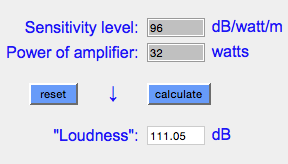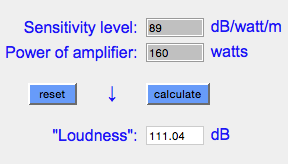I have a question, gentlemen. How the heck am I going to "hatch" this system all at once?
It cannot happen all at once, because I am starting with nothing....Does this make sense? Is some other sequence more logical or more prudent?
We [sort of] did this when we moved. We had the whole system brought over, placed all the equipment, hooked it all up...but the speakers had not been readjusted/recalibrated for the new room. And we had no speaker cables either. It sat like that for over 3 months...the good thing is we had the opportunity to tidy everything up perfectly after the movers left. The problem was we did not know if anything was broken until we finally got the cables in...that was a risk we took.
In your case, i would setup amp first and get the system playing music...otherwise, every other installer comes, plunks it down...and since there is nothing to listen to...leaves. How will you know the preamp or TT or digital even works...even if it turns on...there might still be a problem with the left channel you wont discover til the system is up and running?
Assuming your installers/dealers are prepared to set up and come back, you also still have twice as many visits.



